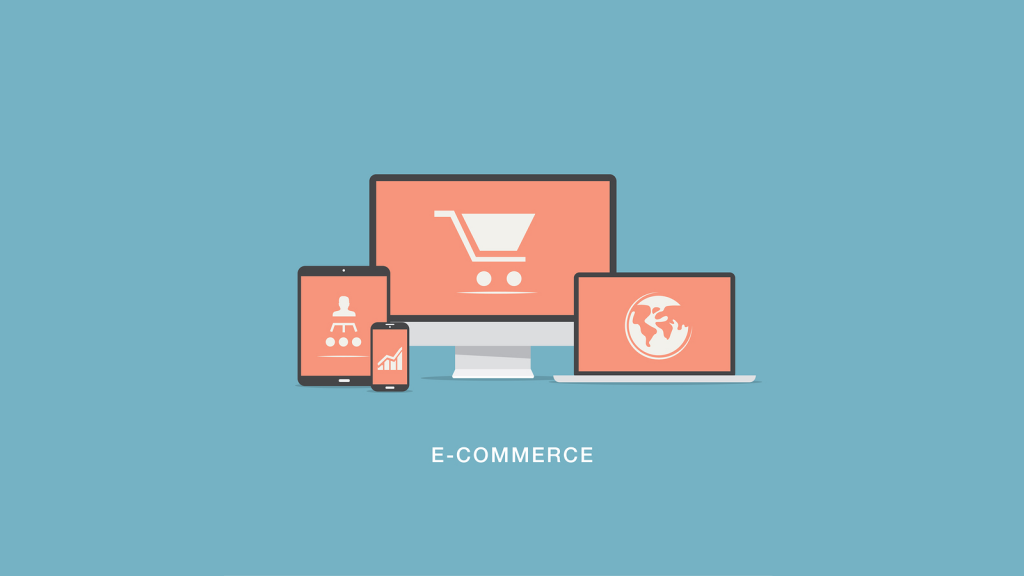
Ecommerce copywriting is the promotional material that helps to convert browsers into buyers. There’s an art to copywriting that involves balancing on a tightrope to avoid being too sales-like, too Google-pleasing, and too benefits-driven. Ecommerce copywriting involves landing pages, product descriptions, and any promotional material, but it’s safe to say that anything on your website counts. Attractive ecommerce copy helps with branding, improving customer relations, and boosting conversions.
Audience Research
Ecommerce copywriting is designed to target your audience, meaning you have to understand their needs and questions. There are plenty of ways to gather audience data, including:
● Interviews, polls, and online surveys
ADVERTISEMENT
● Website traffic analytics
● Observing social media platforms, especially Reddit and Quora
After completing your audience research, you’ll have plenty of ideas for speaking in your audience’s language.
Now, you can work your way through the existing website copy and make the necessary improvements.
Create a Sense of Urgency
There’s nothing like urgency to make sales increase – just think back to the toilet roll deficit during the Covid-19 pandemic. The same principle will work for your website, all without plunging the world into a global crisis. Here is a list of ways to create urgency:
● Limited-time sales
● Low stock warnings
● Limited edition lines
● Free delivery with set conditions
● Mystery boxes and flash sales
When creating urgency in your ecommerce website copy, the most important component needs to be the converting information. For example, if you’re running a sale, the amount of discount should be the most obvious piece of writing.
Include Positive Impacts
There are pros and cons to every product, but your audience only needs to hear about the positives. Throughout your copy, refer to any positive impacts you’re having. For example, if you read this website for fast and cheap ammo sales, you’ll find that 10% of their profits are donated to “Christian-based, 2A-Supporting Non-Profits”. Information like this lets the audience feel as though they’re making a positive impact when they purchase goods.
Use Scannable Text
People will leave a website if it hasn’t loaded within three seconds, which demonstrates the fast-paced society we live in. Once your website has loaded, browsers aren’t going to spend too much time reading enormous chunks of writing, especially on a home or landing page. Therefore, you should make sure all ecommerce website copy is scannable, which means readers can glance at the page to quickly find the information they need. To do this, you should use short paragraphs, proper headings, and different-sized fonts.
Use Correct Tone
The tone of voice is used to portray brand personality, whether that be casual, formal, elegant, or playful. There are no rules to dictate the tone, but it needs to reflect your brand authentically. If you’ve already got a library of web content, take a look through a sample and find the most common tones – the chances are you’ve developed a tone subconsciously.
After establishing a brand tone, you need to make sure all content writers are on the same page. A great way to do this is by creating a brand chart, which will outline the dos and don’ts of each voice characteristic.
Tell a Story
People trust brands they know and can build a relationship with. A great way to plant this seed is by including your story. Under the “About” section on your website, tell customers where you came from, where you’re going, and who’s involved. As well as this, you can include story elements in product descriptions.
Ecommerce website copy acts as a visual aid for customers, letting them know why they need to make a sale. There’s no law book for ecommerce content, but there’s plenty of evidence to show that everything outlined above will work.
